Tswana Traditional Dresses: A Reflection of Identity and Belonging
Tswana Traditional Dresses: A Reflection of Identity and Belonging

Introduction
Tswana traditional dresses hold a significant place in the culture and heritage of the Tswana people. These dresses are not just garments; they are a reflection of identity, belonging, and pride.
Importance of Tswana traditional dresses in expressing cultural identity
Wearing Tswana traditional dresses allows individuals to showcase their cultural identity and heritage. These dresses are intricately designed with vibrant colors, patterns, and symbols that represent the Tswana culture. By wearing these dresses, individuals can express their connection to their roots and demonstrate their pride in being part of the Tswana community.
Tswana traditional dresses also play a vital role in preserving and promoting the Tswana culture. They serve as a visual representation of the traditions, values, and beliefs of the Tswana people. Through these dresses, the younger generation can learn about their cultural heritage and develop a sense of belonging and pride in their identity.
Moreover, Tswana traditional dresses are often worn during special occasions and celebrations such as weddings, festivals, or ceremonies. They add a touch of elegance and uniqueness to these events while also creating a sense of unity among the Tswana community.
In conclusion, Tswana traditional dresses hold immense importance in expressing cultural identity and belonging. They serve as a visual representation of the rich heritage and traditions of the Tswana people, allowing individuals to showcase their pride in being part of this vibrant culture.
Historical Background
Tswana traditional dresses are not just garments; they are a reflection of identity and belonging for the Tswana people. These dresses have a rich historical background that dates back centuries.
Origin and significance of Tswana traditional dresses
The Tswana traditional dresses have their roots in the culture and traditions of the Tswana people, who are one of the largest ethnic groups in Southern Africa. These dresses hold great significance as they represent the cultural heritage, values, and history of the Tswana community.
Traditionally, Tswana women wore colorful and intricately designed dresses made from locally sourced materials such as animal skins, beads, and fabrics. These dresses were not only a form of clothing but also a way to express social status, marital status, and age.
Today, Tswana traditional dresses continue to be an important part of special occasions and cultural celebrations. They are worn with pride during weddings, initiation ceremonies, and other festive events. The designs and patterns of these dresses have evolved over time, incorporating modern elements while preserving the traditional aesthetics.
For the Tswana people, wearing these traditional dresses is more than just a fashion statement; it is a way to honor their ancestors, preserve their heritage, and showcase their sense of belonging to the Tswana community.
In conclusion, Tswana traditional dresses are not just garments; they are a symbol of identity, pride, and cultural heritage for the Tswana people. By wearing these dresses, they celebrate their history and keep their traditions alive for future generations.

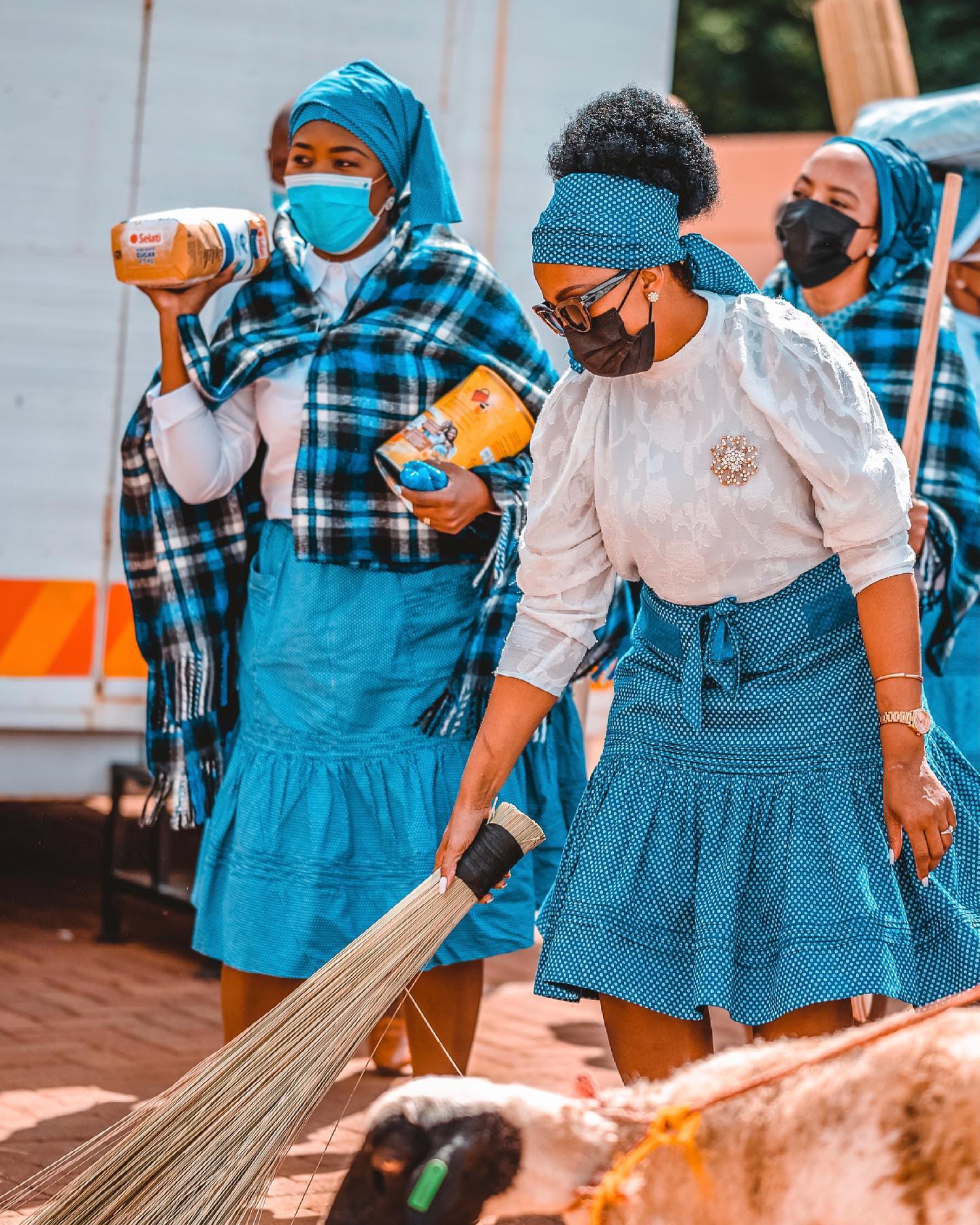

Traditional Tswana Dress Styles
Different styles and designs of Tswana traditional dresses
Tswana traditional dresses are not just clothing items; they are a reflection of identity and belonging. The Tswana people take great pride in their traditional attire, which showcases their rich cultural heritage. These dresses come in various styles and designs, each with its own significance.
One popular style is the “Metswalle,” which is a long dress made from colorful fabric. It is often adorned with intricate embroidery and beadwork, representing the creativity and craftsmanship of the Tswana people. Another style is the “Setso sa Mmamotse,” which features a wrap-around skirt paired with a matching top. This ensemble is known for its elegance and simplicity.
The “Mosetsana” dress is another iconic Tswana style, typically worn by young girls during special occasions such as weddings or initiation ceremonies. It consists of a colorful pleated skirt and a matching top, showcasing the vibrant colors and patterns of Tswana culture.
In addition to these traditional styles, modern adaptations of Tswana dresses have also emerged, incorporating contemporary elements while still honoring the traditional roots. These modern designs often feature bold prints, unique cuts, and innovative combinations of fabrics.
Wearing a Tswana traditional dress not only celebrates the cultural heritage but also serves as a way to connect with one’s roots and express a sense of pride and belonging. It is a testament to the enduring traditions and customs that have been passed down through generations.
So, whether you are attending a cultural event or simply want to embrace your Tswana heritage, donning a traditional Tswana dress is a beautiful way to honor your identity and showcase the rich cultural tapestry of Botswana.

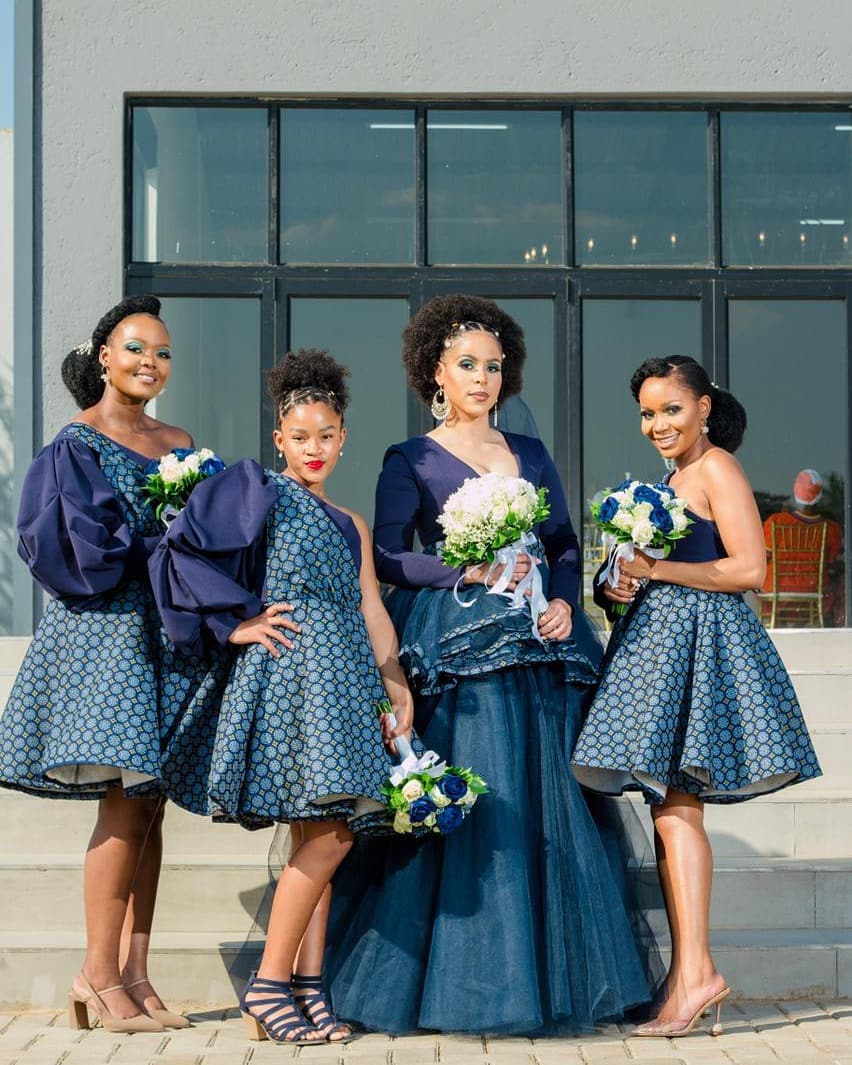
Symbolism and Meaning
Symbolic elements and meanings behind Tswana traditional dress patterns and colors
Tswana traditional dresses are not just garments; they are a reflection of identity and belonging. Each pattern and color used in these dresses holds symbolic meaning, representing the rich cultural heritage of the Tswana people.
The intricate patterns found on Tswana dresses often depict important aspects of Tswana life, such as family, community, and nature. These patterns tell stories and convey messages that are deeply rooted in Tswana traditions and values.
Colors also play a significant role in Tswana traditional dresses. Each color carries its own symbolism. For example, red represents love, passion, and vitality, while blue symbolizes peace and tranquility. Yellow is associated with wealth and prosperity, while green represents growth and fertility.
Wearing a Tswana traditional dress is not only a fashion statement but also a way to honor and celebrate the Tswana culture. It is a way for individuals to connect with their roots, express their pride in their heritage, and showcase their sense of belonging to the Tswana community.
By understanding the symbolism and meaning behind the patterns and colors of Tswana traditional dresses, one can gain a deeper appreciation for the cultural significance of these garments. They serve as a reminder of the values, traditions, and history that have shaped the Tswana people for generations.


Tswana Traditional Dress Accessories
Tswana traditional dresses are not just garments, but a reflection of identity and belonging. To complete the look, there are various accessories that complement these beautiful dresses.
Accessories that complement Tswana traditional dresses
- Headwrap (Doek): A headwrap is an essential accessory for Tswana women. It adds elegance and cultural significance to the overall attire.
- Necklaces: Tswana women often wear beaded necklaces that are intricately crafted. These necklaces not only enhance the beauty of the dress but also symbolize cultural heritage.
- Bangles: Bangles made from different materials like metal, wood, or beads are commonly worn by Tswana women. They add a touch of tradition and charm to the attire.
- Earrings: Tswana traditional earrings come in various designs, such as hoops or studs. They are usually made from materials like gold, silver, or beads and are worn to accentuate the face.
- Shawl (Serapi): A shawl is often draped over the shoulders to complete the look of a Tswana traditional dress. It adds warmth and style while showcasing the intricate patterns of the dress.
These accessories not only enhance the beauty of Tswana traditional dresses but also serve as a way to express cultural pride and heritage. By wearing these accessories, individuals can showcase their identity and sense of belonging to the Tswana culture.
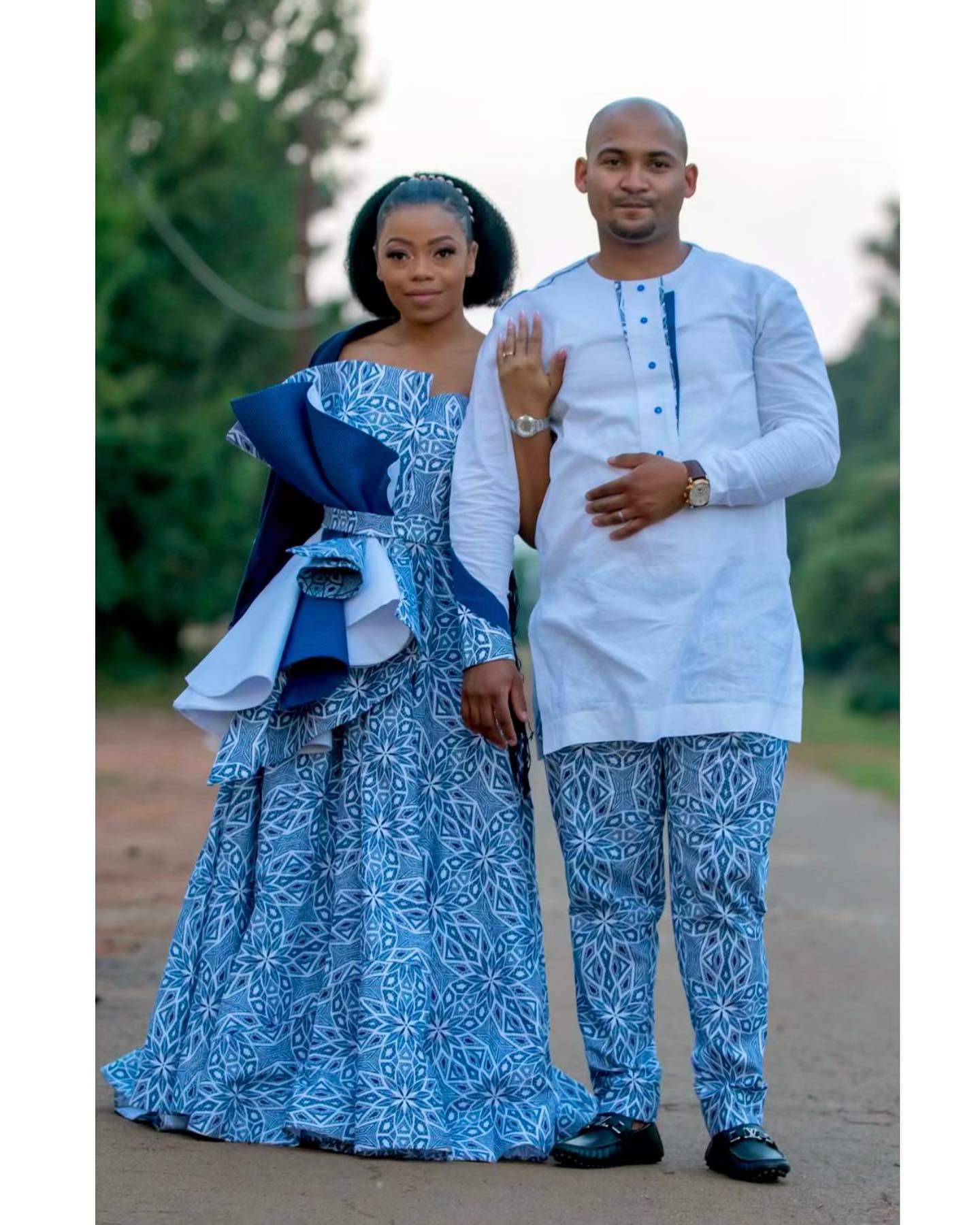
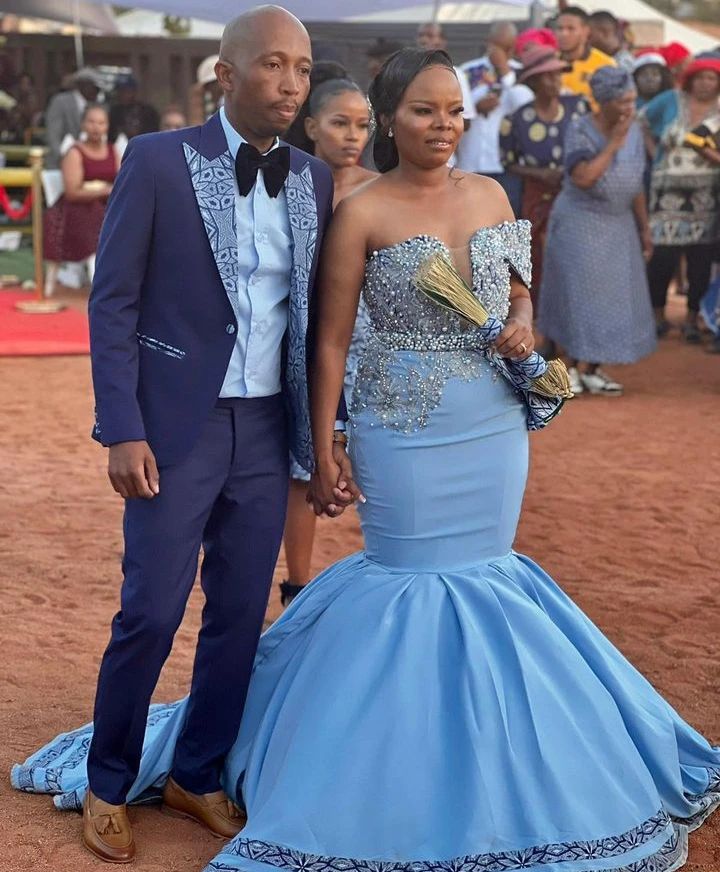
Importance of Tswana Traditional Dresses in Modern Society
Role of Tswana traditional dresses in maintaining cultural heritage and fostering a sense of belonging
Tswana traditional dresses hold significant importance in modern society as they play a vital role in preserving cultural heritage and fostering a sense of belonging among the Tswana people.
These traditional dresses serve as a visual representation of the rich history and traditions of the Tswana culture. They showcase intricate designs, vibrant colors, and unique patterns that have been passed down through generations. By wearing these dresses, individuals are able to connect with their roots and honor their ancestors.
Furthermore, Tswana traditional dresses promote a sense of belonging within the community. When individuals wear these dresses during cultural events, celebrations, or ceremonies, they create a sense of unity and solidarity. It allows them to feel connected to their fellow community members and reinforces their shared identity.
In addition, Tswana traditional dresses also serve as a form of self-expression. Each dress is unique and can be customized to reflect an individual’s personal style while still adhering to the traditional elements. This allows individuals to showcase their individuality while still honoring their cultural heritage.
Overall, Tswana traditional dresses hold immense value in modern society. They serve as a powerful tool for preserving cultural heritage, fostering a sense of belonging, and allowing individuals to express their identity. By embracing these traditional dresses, the Tswana people continue to celebrate their culture and keep their traditions alive.



Contemporary Adaptations and Influences
Modern adaptations and influences on Tswana traditional dresses
Tswana traditional dresses are not just garments; they are a reflection of identity and belonging. Over the years, these dresses have evolved to incorporate modern adaptations and influences while still maintaining their cultural significance.
In recent times, Tswana traditional dresses have seen the incorporation of contemporary fabrics, colors, and designs. This fusion of traditional and modern elements has resulted in unique and vibrant outfits that appeal to both younger generations and fashion enthusiasts.
One notable influence on Tswana traditional dresses is the rise of African print fabrics. These colorful and bold patterns have become increasingly popular, adding a modern twist to traditional designs. Additionally, Western fashion trends have also made their mark on Tswana dresses, with elements such as tailored cuts, embellishments, and accessories being incorporated.
The modern adaptations and influences on Tswana traditional dresses have not only revitalized the fashion industry but also served as a means of cultural preservation. By embracing new styles while staying true to their roots, Tswana people are able to showcase their heritage in a contemporary and fashionable way.
In conclusion, Tswana traditional dresses have undergone modern adaptations and influences that have breathed new life into these cultural garments. The fusion of traditional and contemporary elements has resulted in unique and vibrant outfits that reflect both identity and belonging.


Challenges and Preservation Efforts
Challenges faced in preserving Tswana traditional dress culture and ongoing efforts to promote its importance
The preservation of Tswana traditional dress culture faces several challenges in the modern era. Westernization, globalization, and the influence of popular culture have led to a decline in the popularity and usage of traditional attire. Many young people are more inclined towards contemporary fashion trends, which often neglect traditional clothing.
However, efforts are being made to promote the importance of Tswana traditional dress and preserve its cultural significance. Organizations, cultural festivals, and fashion shows are actively promoting the beauty and uniqueness of Tswana attire. These platforms provide opportunities for designers and artisans to showcase their creations and educate the public about the cultural significance of traditional dress.
Additionally, initiatives such as workshops, seminars, and exhibitions are being organized to teach younger generations about the history, symbolism, and craftsmanship behind Tswana traditional dresses. By instilling a sense of pride and appreciation for their heritage, these efforts aim to ensure that the tradition is passed down through generations.
Furthermore, social media platforms have become powerful tools for promoting Tswana traditional dress. Many individuals and organizations use these platforms to share images, stories, and educational content about Tswana attire. This helps raise awareness among a wider audience and encourages people to embrace their cultural identity through traditional clothing.
In conclusion, while there are challenges in preserving Tswana traditional dress culture, ongoing efforts by various stakeholders are promoting its importance and ensuring its survival. By embracing and celebrating this unique aspect of their identity, individuals can contribute to the preservation of their cultural heritage.
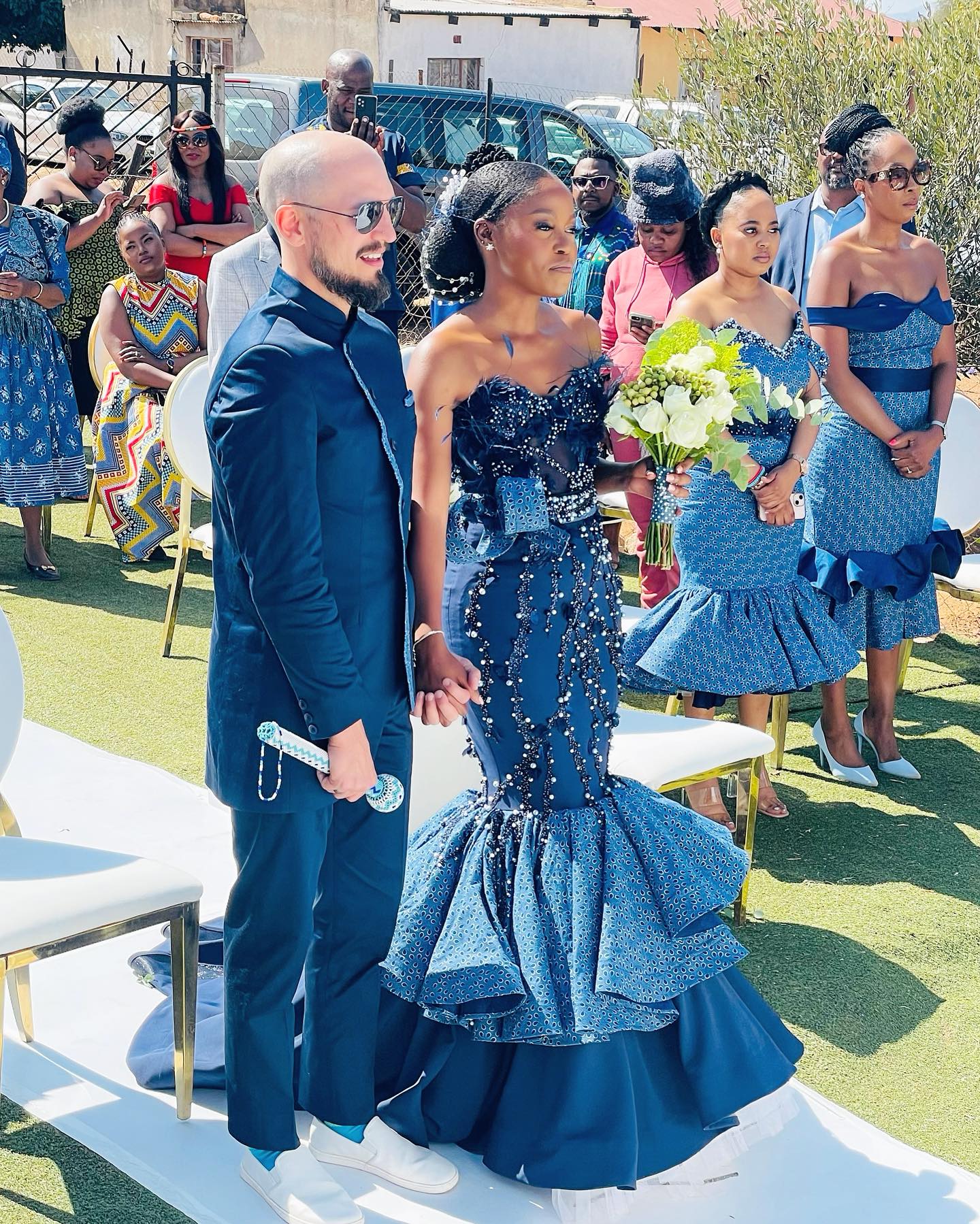
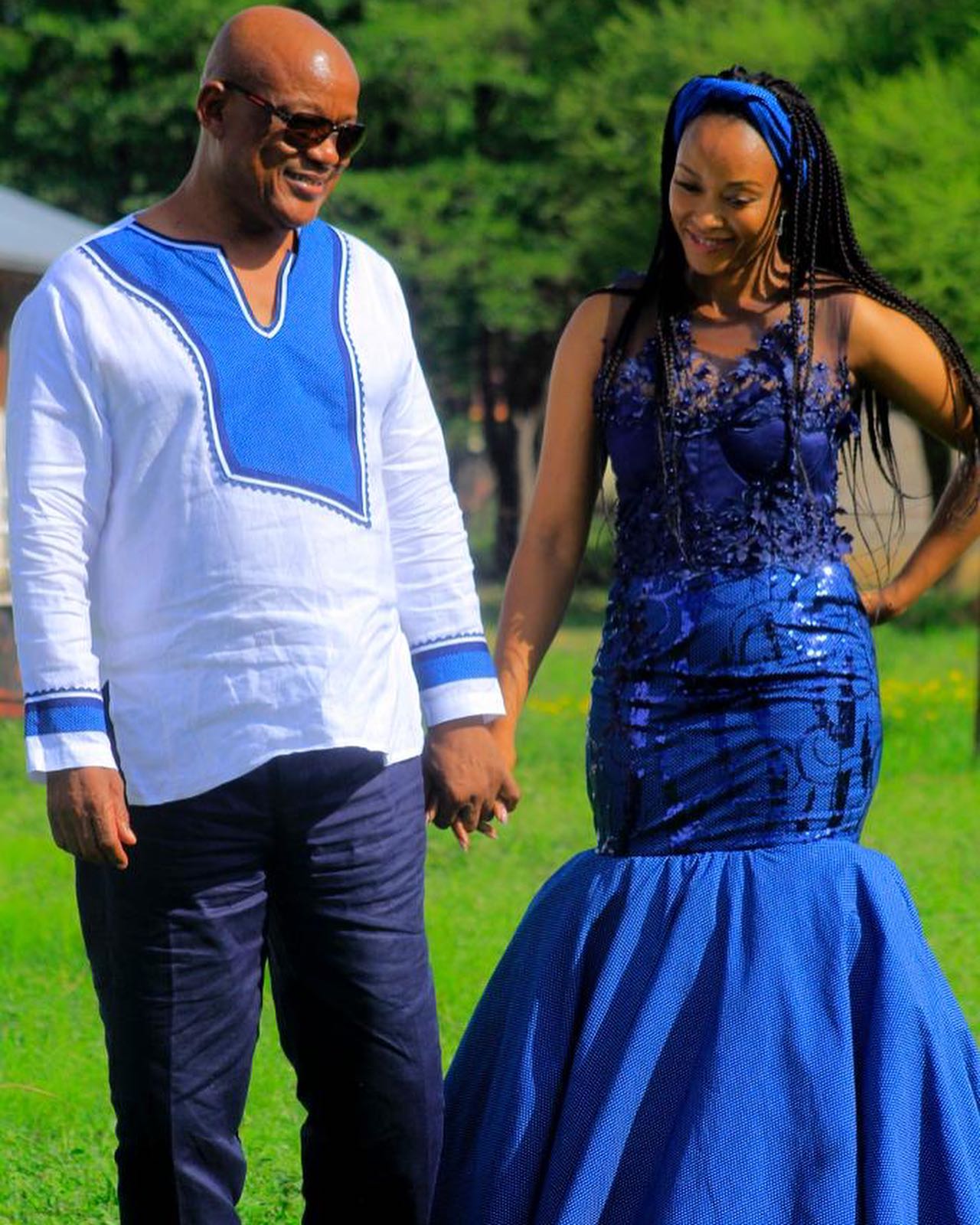

Conclusion
Tswana traditional dresses are not just garments; they are a reflection of identity and belonging. These beautiful and intricately designed dresses hold deep cultural significance for the Tswana people. They serve as a visual representation of their heritage, traditions, and values. By wearing these dresses, individuals proudly showcase their connection to their community and ancestors. The enduring popularity of Tswana traditional dresses highlights the importance of preserving and celebrating cultural heritage. Through these dresses, the Tswana people continue to pass on their traditions and keep their identity alive for future generations.
The enduring significance of Tswana traditional dresses in reflecting identity and belonging
Tswana traditional dresses play a crucial role in reflecting the identity and sense of belonging for the Tswana people. These dresses are adorned with vibrant colors, intricate patterns, and unique designs that symbolize various aspects of Tswana culture. By wearing these dresses during special occasions such as weddings, festivals, or ceremonies, individuals express their pride in their heritage and reinforce their connection to their community.
Frequently Asked Questions
Q: Are Tswana traditional dresses only worn by women?
A: No, both men and women wear traditional dresses in Tswana culture. However, the designs and styles may differ between genders.
Q: What materials are used to make Tswana traditional dresses?
A: Tswana traditional dresses are often made from fabrics such as cotton or silk. They may also feature embellishments like beads or embroidery.
Q: Can non-Tswana individuals wear Tswana traditional dresses?A: While anyone can appreciate the beauty of Tswana traditional dresses, wearing them is typically reserved for those who have a cultural connection to the Tswana people. It is important to respect and honor the cultural significance of these garments.
Comments are closed.